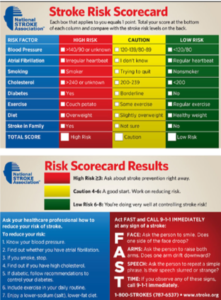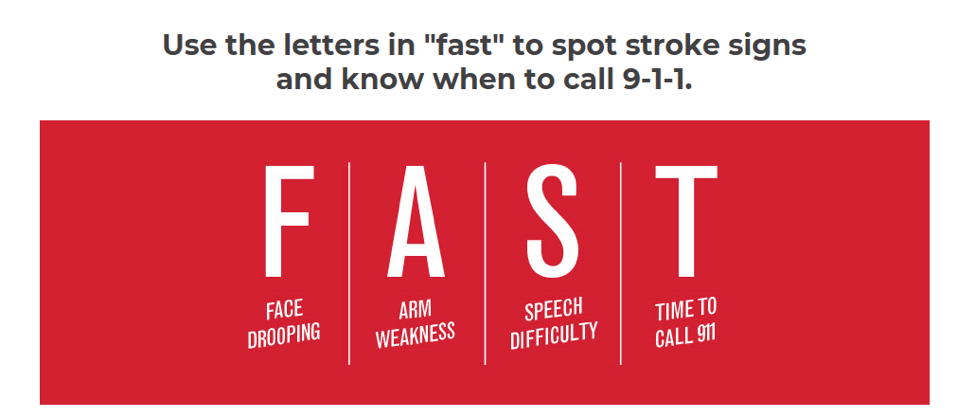
24 May Beware of a Brain Attack…At Any Age
Every 40 seconds someone suffers a stroke, and every four minutes someone dies from a stroke. As a result, these destructive brain attacks have become the fifth leading cause of death in the United States.
During the initial years of my professional healthcare career, I specialized in stroke and memory rehabilitation. Ironically, I lost my mother due to a massive, devastating stroke. Since the month of May is Stroke Awareness Month, I dedicate much of my time to helping people learn more about stroke risks and prevention methods.
If you ask anyone who has ever attended my Octane for the Brain workshops and seminars or who has read my book, they would likely tell you that as a health educator, I focus on sharing new research and healthy lifestyle tools to help people live longer, stronger, and healthier lives. So I’m excited to grab my megaphone and announce some good news… “80% of strokes can be prevented!” This blog will help you recognize signs of stroke so you or others can get the rapid treatment needed to save precious brain cells if a stroke occurs. A follow-up blog will be coming soon that is all about stroke PREVENTION. I can hardly wait to share that with you.
What Is Your Current Stroke Risk Status?
It’s difficult to predict exactly who will have a stroke. However, knowing your risk factors can be helpful for to avoid the root cause of the majority of strokes. I recommend that you view the link to the Stroke Risk Scorecard provided by the National Stroke Association. Print the scorecard and fill in as much information as you can. If you don’t have all of the information needed, take it with you to your doctor and ask that the risk factors be tested to ensure more accuracy on predictive risk factors.
After you total your risk scores at the bottom of each scorecard column, compare your scores with the risk levels shown on the second page.
If you have concerns, discuss the results with your doctor. In addition, check out the many helpful resources on the National Stroke Association website (www.stroke association.org).
Think You Are Too Young to Have a Stroke? Think again…
Although stroke risks increase with age, strokes occur in young people (including infants, children, adolescents, and young adults) as well. Sadly, stroke episodes are currently rising in people younger than 45 years old. Some studies have shown that many of the risk factors that make someone susceptible to stroke (such as high blood pressure, high cholesterol, diabetes, and obesity) are becoming more common in younger people.
Several years ago, I was facilitating a health system new hire orientation class. I noticed a 41year-old nurse exhibiting some unusual symptoms on the front row of the classroom. I halted the class and tuned in to her symptoms since I recognized potential symptoms of stroke. Fortunately, I was able to get help for her within minutes since the classroom was located near the hospital’s Emergency Department. The staff treated her with an intravenous clot-busting drug called tissue plasminogen (tPA), the only FDA-approved urgent medication for stroke. Fortunately, I’ve kept in touch with the nurse, and I’m relieved to share that she recovered well with few residual effects. She sends her greetings to the blog readers, and she is grateful that her stroke occurred in a hospital where she received FAST treatment.
Act FAST If You Suspect Signs of Stroke
The scary thing is that almost 75% of people surveyed in Medical Centers do not know the warning signs of stroke. In fact most say if they or if someone they were with exhibited warning signs, most would ignore the three hour “golden window” of treatment opportunity for preventing permanent brain injury or possible death. Most people surveyed said they would just wait and see if symptoms improved. They didn’t want to both with 9-1-1 if they were not sure a stroke was occurring.
Stroke recovery odds diminish quickly because a stroke robs the continuous supply of oxygen and nutrients the bran needs. Brain cells die rapidly, and every minute counts when a stroke is occurring. Even if someone has a transient stroke that doesn’t last long, that person needs to be checked for treatment.
Stroke experts use a FAST acronym to help us remember the signs of stroke and the rapid action we need to take if we or someone else is suffering from a stroke.
In addition to the symptoms listed on the FAST stroke symptom image above, there are several additional stroke warning signs that can indicate the onset of a stroke. They include:
- Sudden NUMBNESS or weakness of face, arm, or leg (especially on one side of the body)
- Sudden CONFUSION, trouble speaking or understanding speech
- Sudden trouble SEEING in one or both eyes
- Sudden trouble WALKING, DIZZINESS, LOSS OF BALANCE or COORDINATION
- Sudden severe HEADACHE with no known cause
If someone shows any of these symptoms, immediately call 9-1-1- or emergency medical services.
Some Helpful Stroke Resources…At Your Fingertips
It’s easy to learn the signs of stroke by following the FAST acronym. In fact, a study showed that the FAST acronym can identify up to 89 percent of all strokes. All we have to do is remember it.
To help you remember what the signs are, you can download an app for your mobile phone. Visit your app store online, and type in ‘Mobile FAST app stroke warning signs.’ I have everyone in my workshops download it because in an emergency situation, it is easy to get rattled and forgetful.
I also want to share a short video called “Stroke: It Happens In an Instant.” The video is part of the National Stroke Association’s 2018 Stroke Awareness Campaign. It’s a great four minute investment!
“I believe that the greatest gift you can give your family and the world is a healthy you.”
~Joyce Meyer



NAJJA E BROWN
Posted at 02:16h, 04 JuneThank you fro this article. Also, I’m thankful for the nurse who stroked and received FAST treatment. What a blessing she was in the hospital.